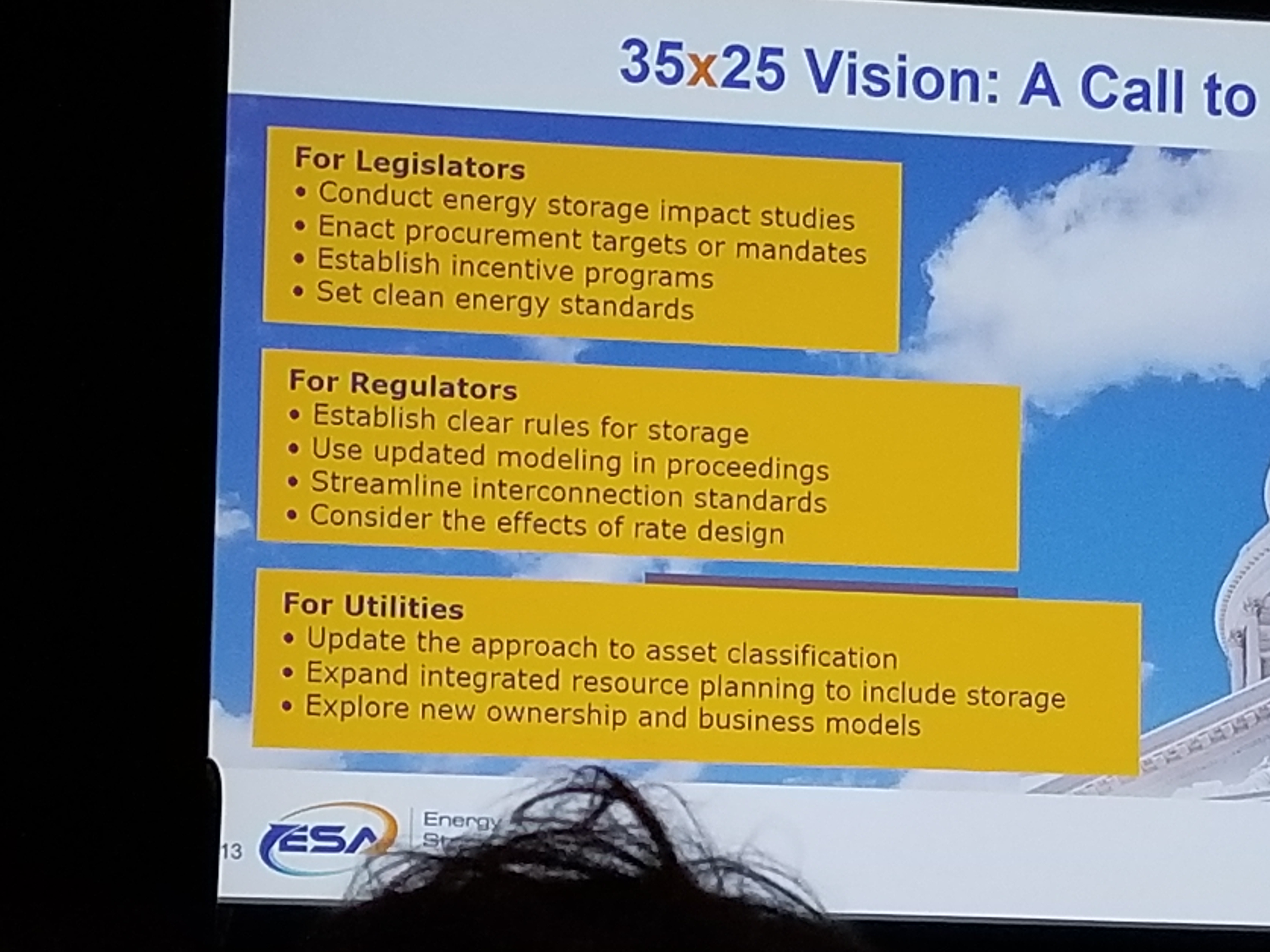By Frank Andorka, Senior Correspondent
Privately owned solar arrays in Pima County, New Mexico, have saved the county $220,000 since 2015, according to a report by Arizona Public Media’s Zachary Ziegler.
The irony is that the savings could even be higher than reported, but three of the arrays haven’t provided savings yet because of some issues with a rebate program from Tucson Electric Power, facilities management Director Lisa Josker told Ziegler.
The news comes as the county considers entering into 15 more deals to purchase electricity at lower rates from privately owned solar arrays than the rates they would receive from traditional utility-owned fossil-fuel plants.
Ziegler says the county expects the savings to increase as electricity prices continue to increase through more traditional generation methods, while the county will continue to purchase electricity at the flat rate of a 20-year power-purchase agreement with the private arrays.
Josker told Ziegler the savings are only one portion of the advantages the county receives from the arrays:
A lot of the solar installations provide covered parking for employees and visitors, so there’s more advantages than just the savings, of course the savings is the main thing.”
While the evidence is anecdotal, it’s stories like these that are likely to influence voters when they go to the polls this fall to consider a ballot initiative, sponsored by progressive billionaire Tom Steyer, to move the state’s renewable portfolio standard (RPS) to 50% by 2030. When stories like the savings in Pima County get out, that has the potential to sway voters to put their energies behind the measure – if it isn’t headed off by the Arizona Corporation Commission, which is considering a measure to push the RPS to 80% by 2050.
The primary difference between the two proposals is that the ACC’s considers nuclear power clean energy, while the ballot initiative does not. As solar continues to prove its success in saving taxpayer money, it will be interesting to see if that peels off any votes in favor of the former and build support for the latter. Only time will tell.
More:
Pima County: Solar Savings $220,000 Since 2015
Arizona Regulator Wants To Get Ahead Of The Voters (And That May Be OK)


